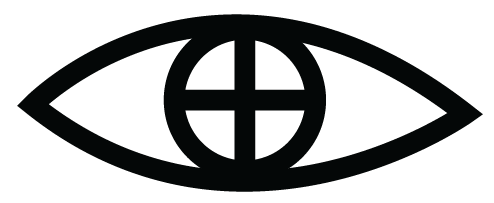
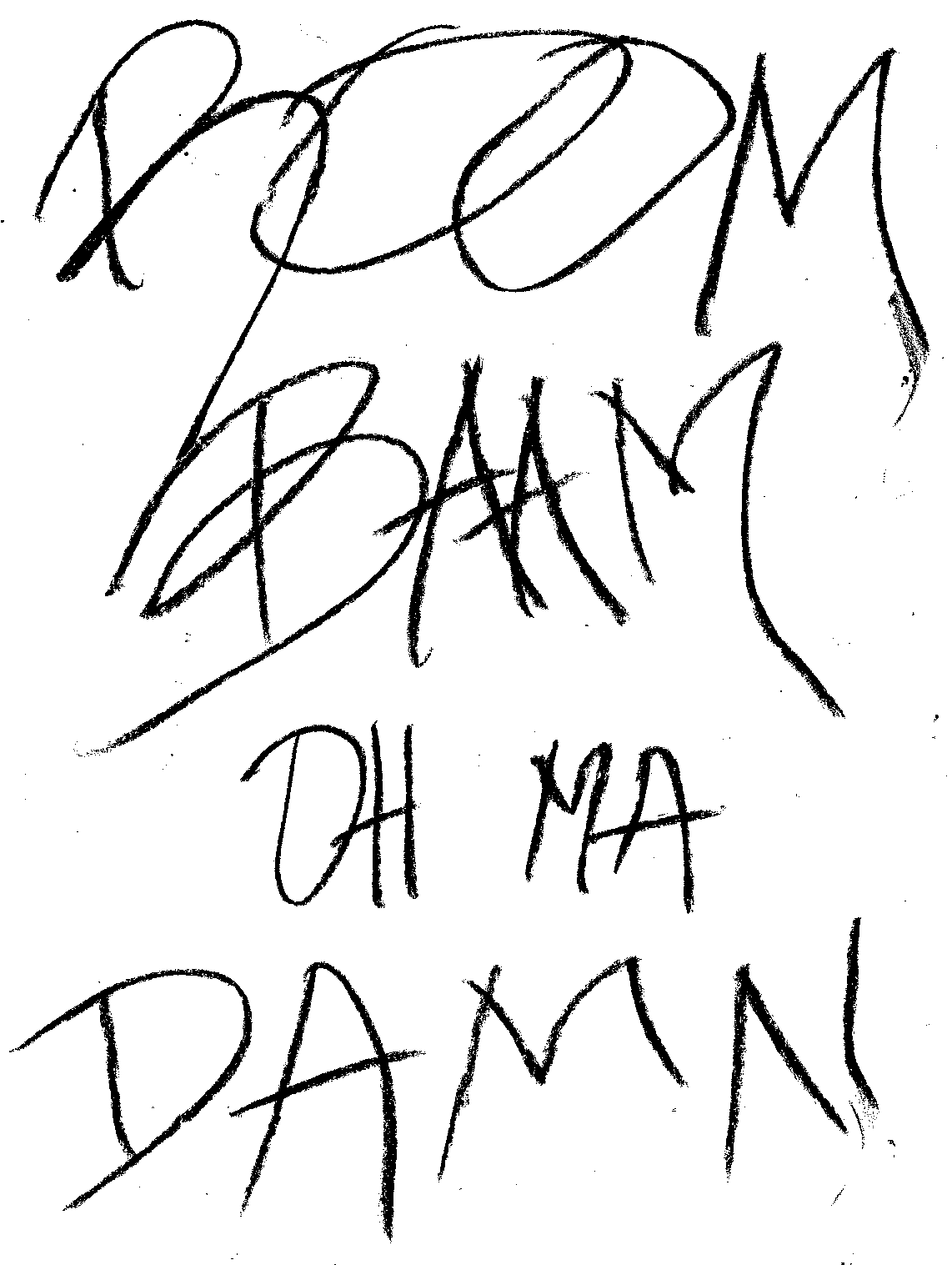
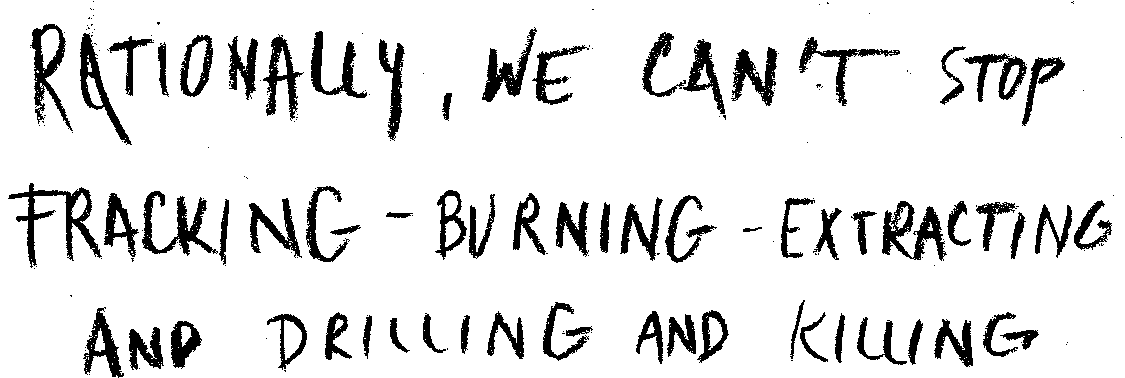
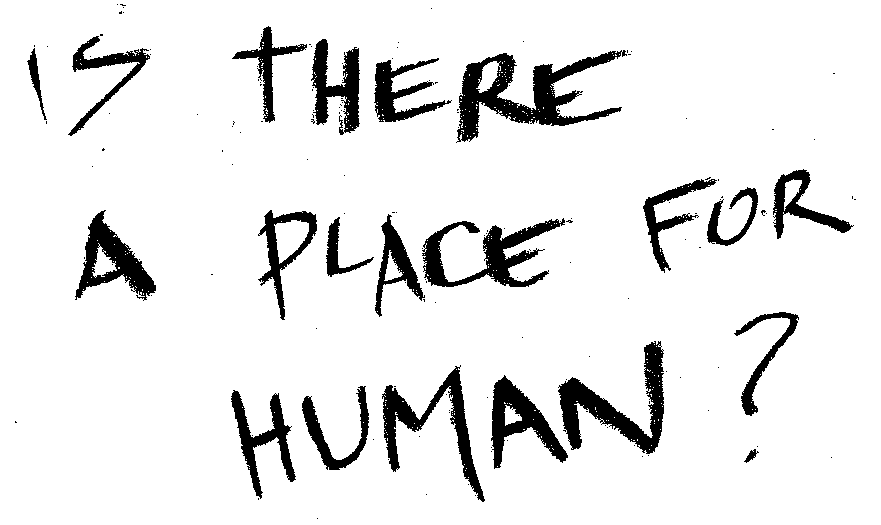
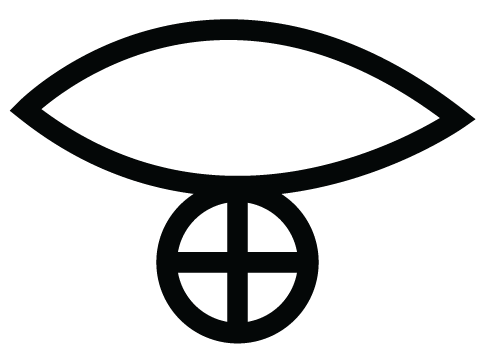
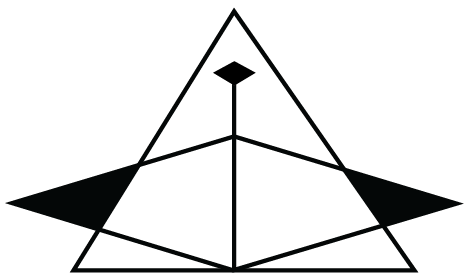
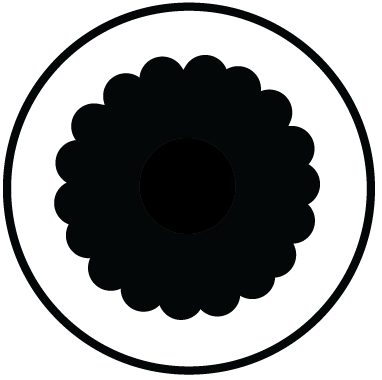

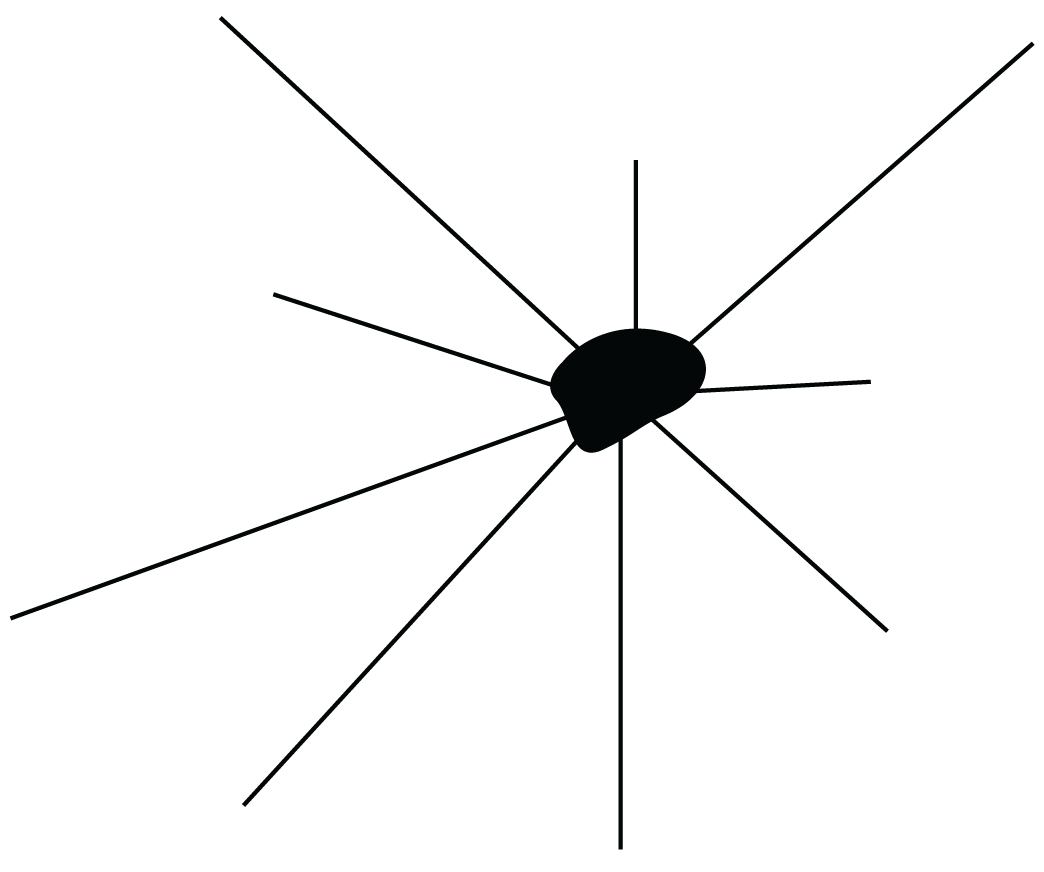
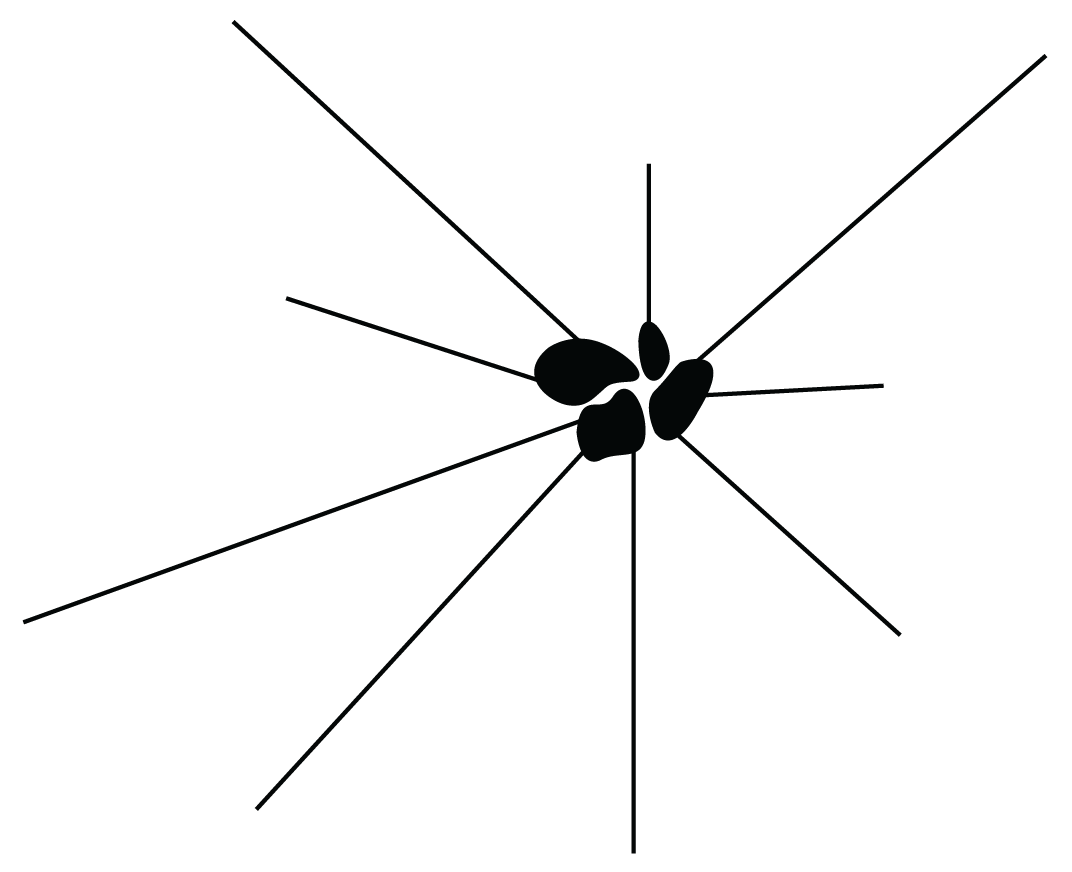
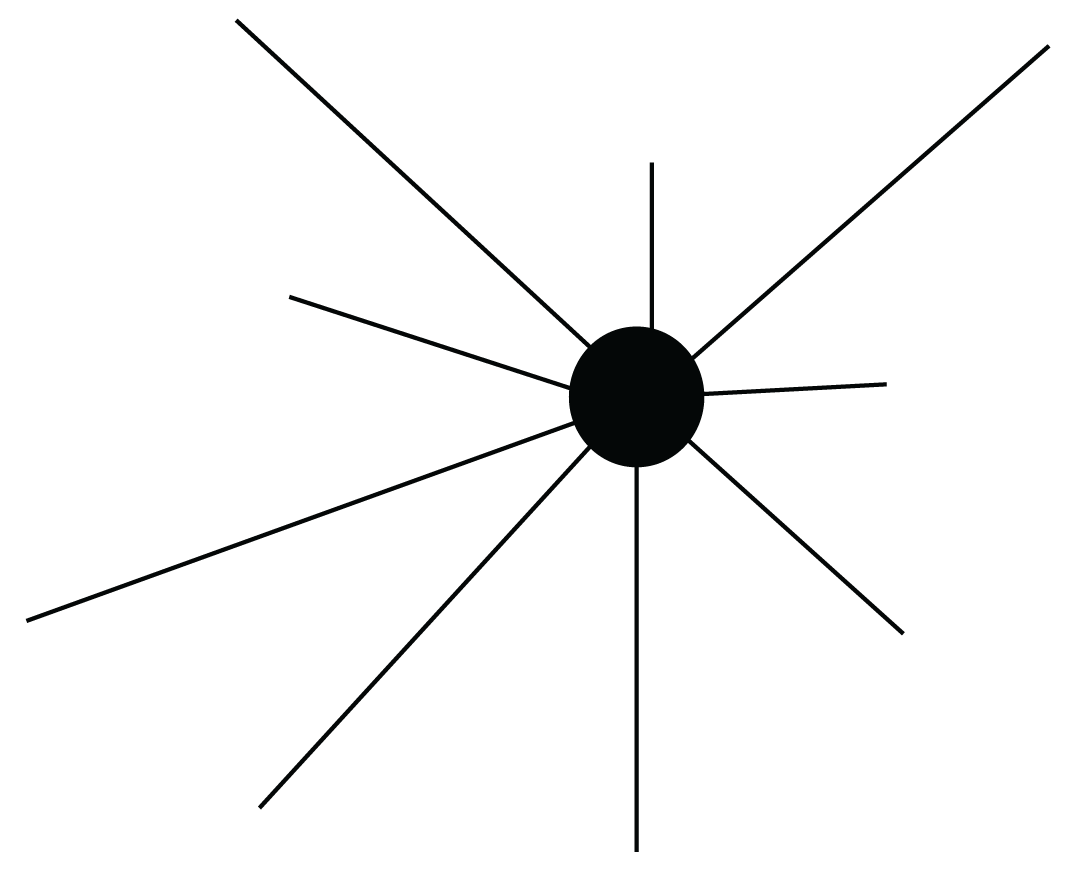
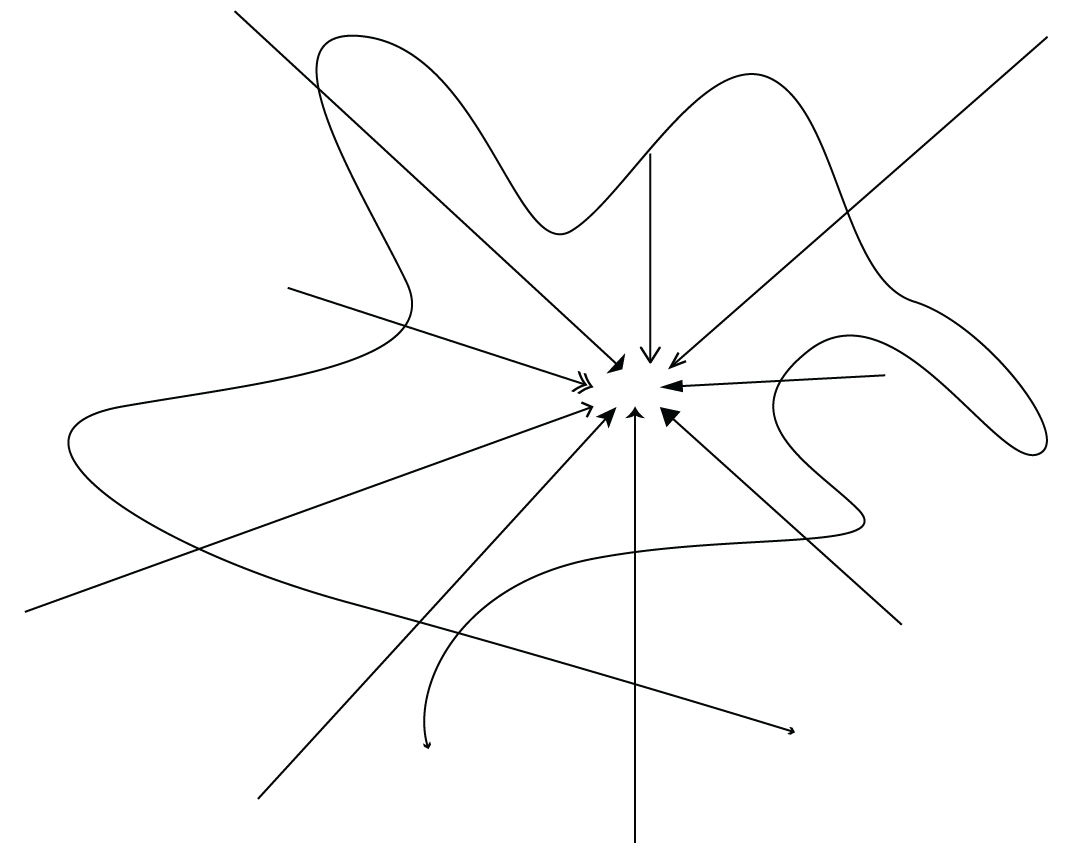
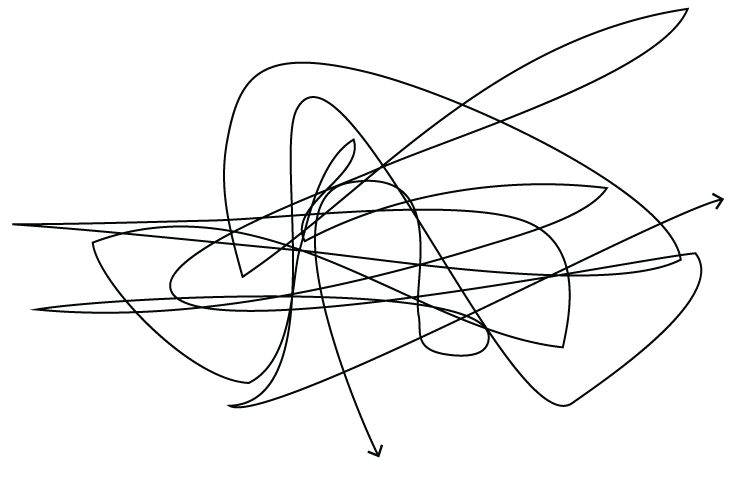
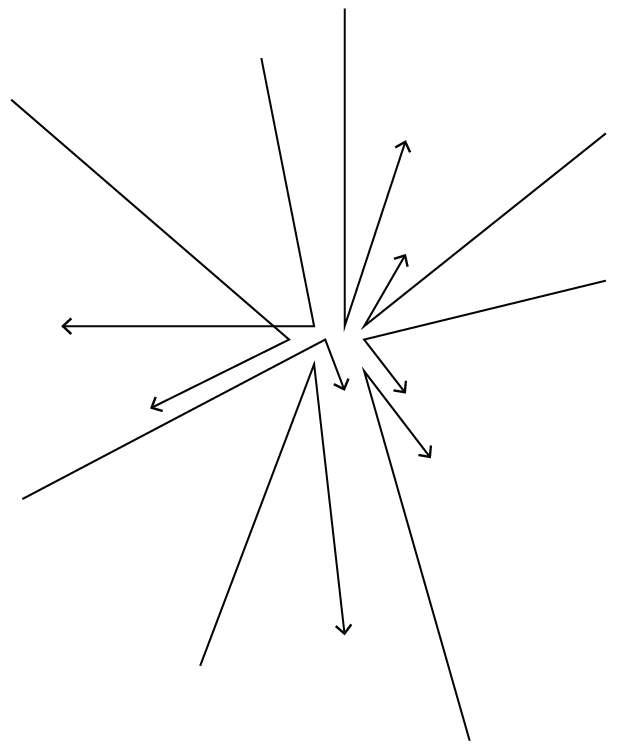
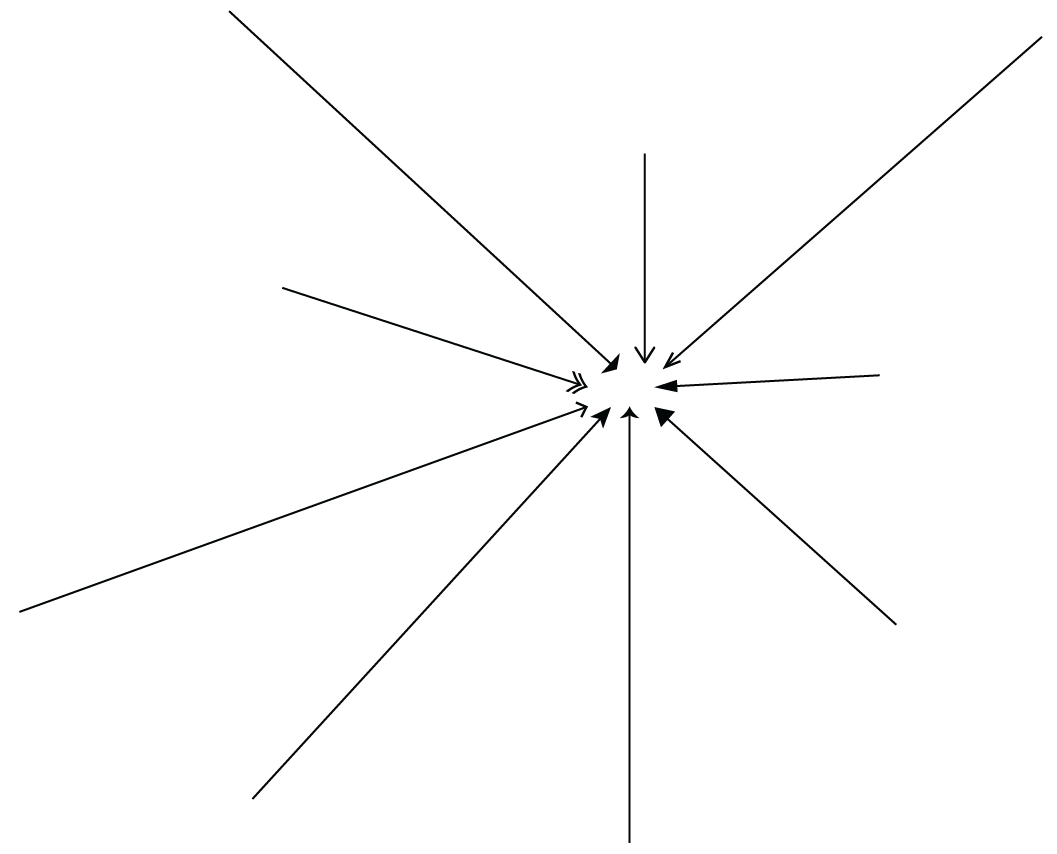
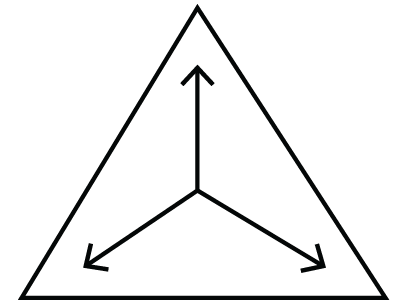
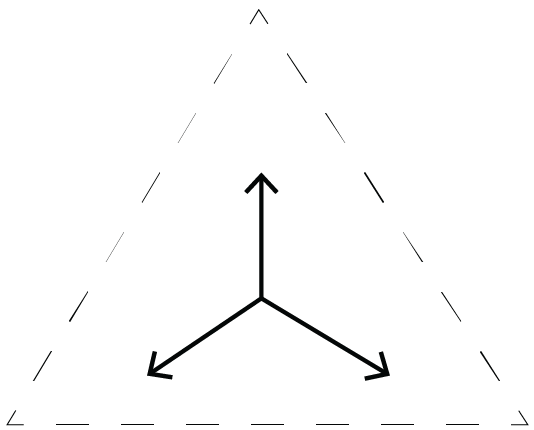

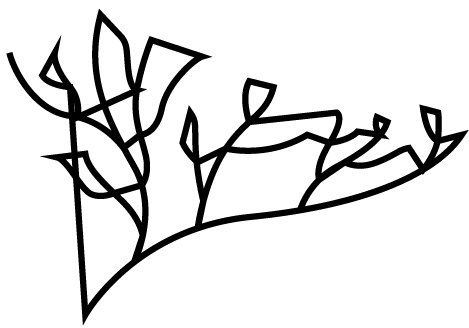
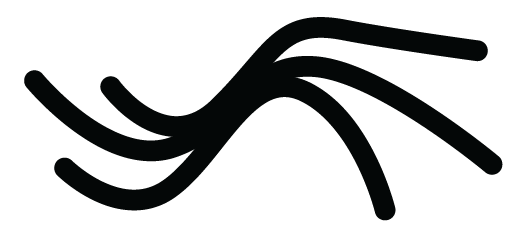

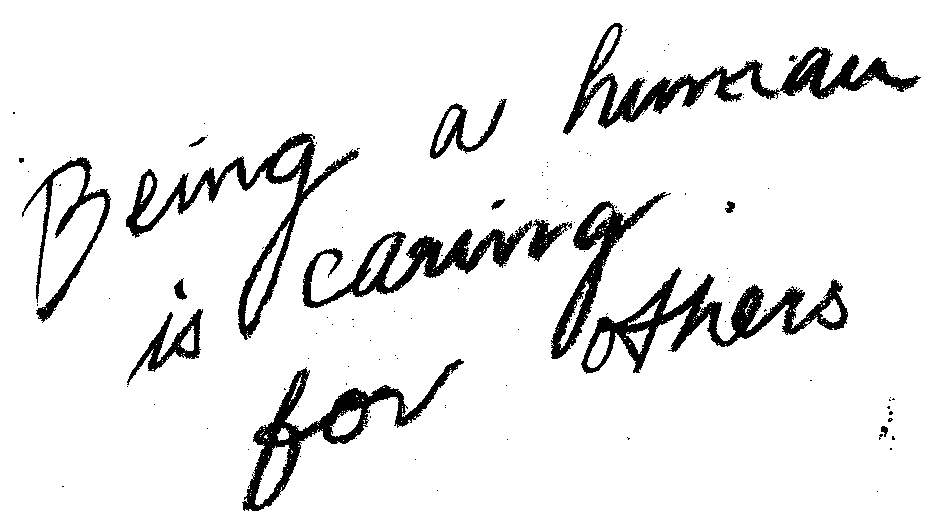
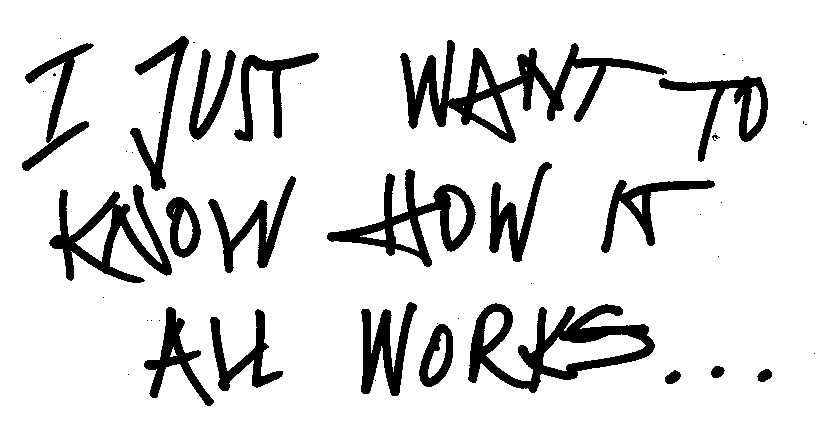
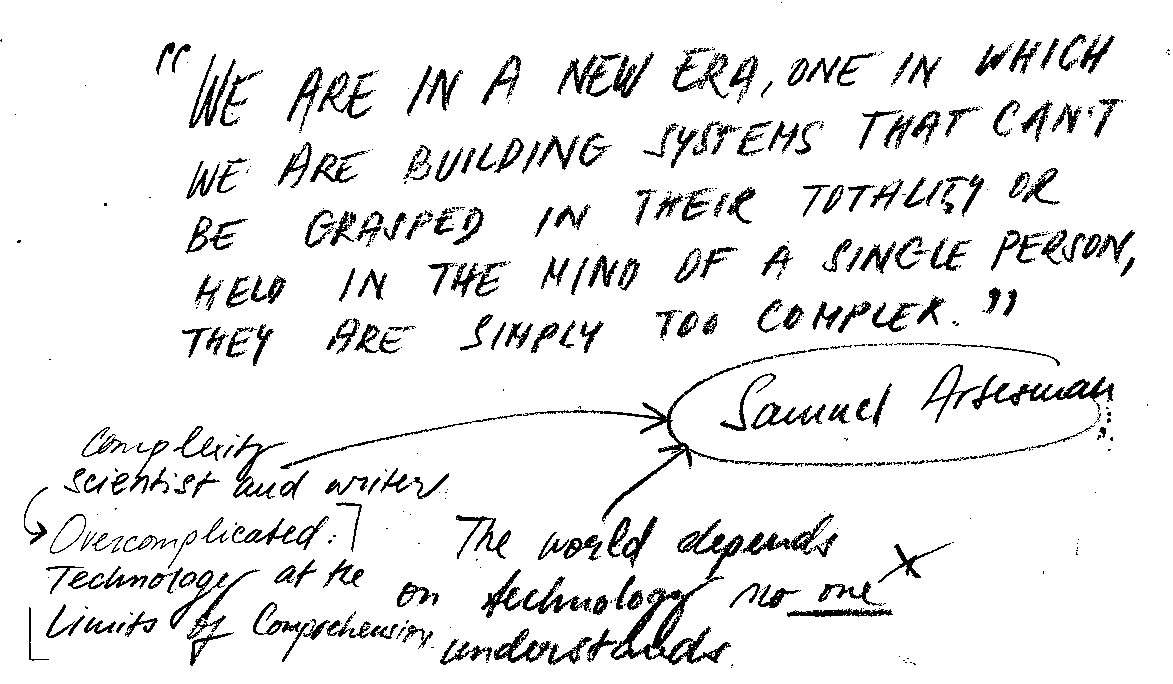
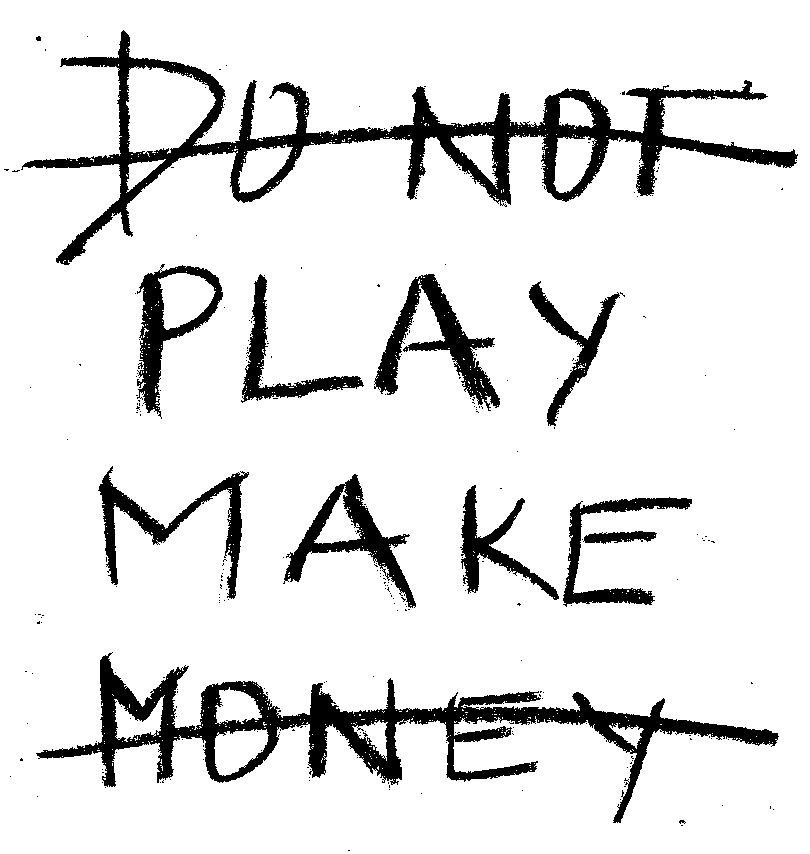
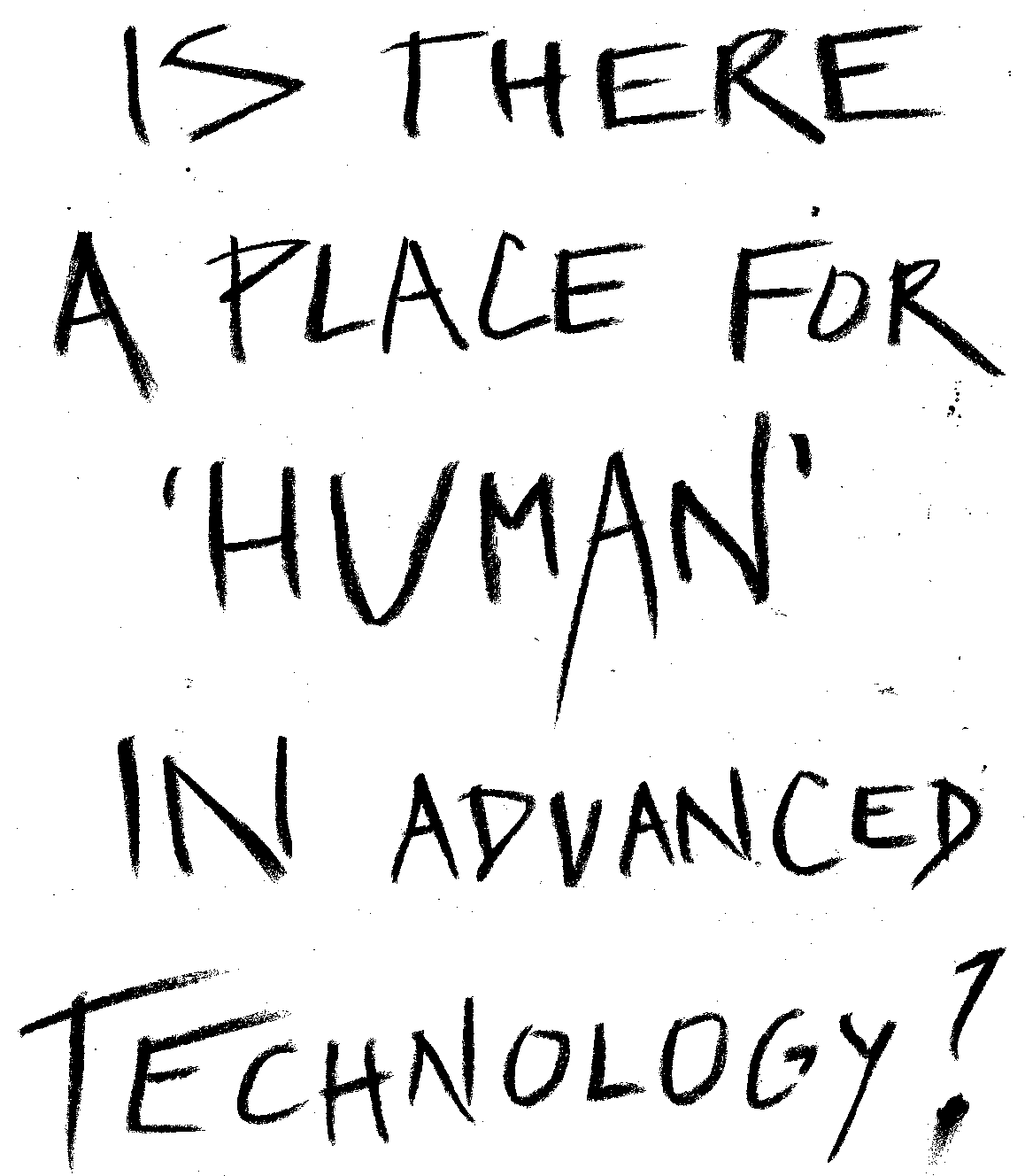
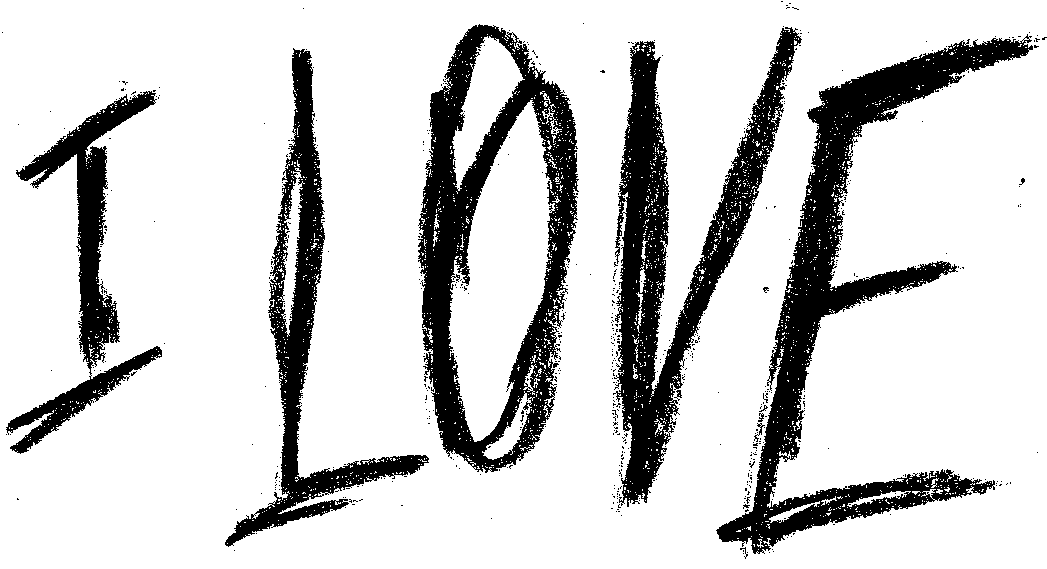
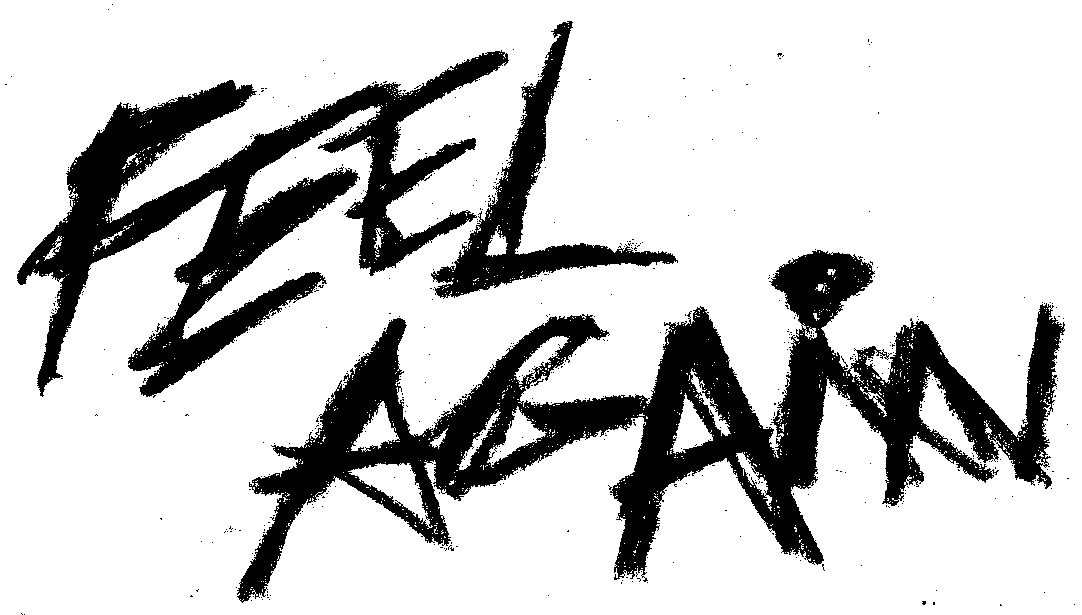
Connectivity is therefore something that drives our current, global world, precisely because of the technology progression and its prodigy child, the Internet. It is linking us everywhere across the globe, facilitating the trade and connecting people to communicate throughout different time zones. It is like the synapsis in our brains that connect one neuron to another, transmitting the knowledge or the stars connected in galaxies, constantly activated and never asleep. On one hand it is then a very natural process, because everything in this world was meant to work that way. Humans create their own networks of people creating communities and the further you spread the nets, the stronger influence you gain and that is what got us so far in evolution compared to any other species. On the other hand, this incessant omnipresent accessibility disregarding the inbred principle of time rhythms in us, created nation of stressed individuals and increased the global exhaustion of natural resources. There is an on-going list of alarming signals justifying that our fast paced modern world is leaving hardly overridden traces.
Let’s not however delude ourselves that Homo Sapiens has been variously affecting the nature only since the use of computers. The “higher animal” and its numerous modernizing contrivance has been undoubtedly innovative, but not always aware of its repercussion. Where we are now is by reason the bottom of all our actions since the first invention of a tool, emerging and escalating something Paul Crutzen named in 2000 “Anthropocene”, the era in which we became force operating on a planetary scale10.
FUCK ALARM CLOCKS, I WANNA ENJOY LIFE
The first pictures of our “blue planet” taken by Apollo 17 space mission in December 197211 astonished the world by seeing something so immense, making humans feel tiny as never before when compared with the scale of the whole universe. The very idea that we are only a small element in the whole matrix could make us feel fragile and prone to extinction one day, but since in around that exact time the global ruling mace was given to capitalism, such theoretically discussed risk has become incredibly realistic.
Rocketing up the growth curve, human beings every year take ever more of the Earth’s richness. Standford’s biologists measured it to be about 40%of the present net primary production in terrestrial ecosystems in 1986. Slightly more than ten years from that, it has risen to 50 percent.12 In general, scientists agreed upon the fact that we need to leave 80 percent of fossil fuels in the ground.13 However, when we look around, the numbers are far from the reality. We are extracting, fracking, burning and drilling the planet faster than anything can grow14. Yet, it still doesn’t seem to evoke any real empathy in us, does it? Imagine, we would be going from one surgery to another before our wounds would close and heal, what chances of survival do you think we would have?
Oceans are getting filled with our plastic pleasure intoxication15, the amazing invention that indeed made our lives so much easier, but that is impossible to devour in any reasonable way. Coasts are flooding as the Arctic is melting under our extensive CO2 emission rage. With the amount of our released greenhouse gases every single day, there will be no ice left in the Arctic during the summer by 2040.16 That might be sooner than we, Millennials, could reach a middle age crisis and our kids could graduate from college.
WHEN WE TREAT THE PLANET AS AN OBJECT WE DEHUMANIZE OURSELVES
The planet as the environment is the mere reverberation of two thousand years of our use. It all reminds me too much of having a very sick close relative, whose suffering will inevitably affect your life (especially because you cannot predict all the possible symptoms and death risk); those waters and lands contaminated with extensive trash and chemicals as intestines filled with processed food and human body unrecognizable synthetics disrupting the hormonal system. Those lacking personal space in overpopulated cities,with blocked streets of traffic as arteries clogged with excess of fat causing risk of a stroke at any time. Those dying species unprepared for the sudden changes in the ecosystem as dying malnourished body cells failing to overcome the spreading virus...How can I stop it? How can I help?
The moment we appropriated the planet and undoubtedly positioned ourselves above all the other species, nothing could stop us from reproducing and flooding the Earth with egocentric human existences for which the subject of climate change never worked in harness with profit–reaching corrupted politics. Whereas other animal species are dwindling, our world population is soon to reach the number of 10 billions and each day 200 thousands people move into the cities10. The comfort of our modern living is simply causing the planet to be as overwhelmed as our post–Internet brains.
The biologist Lynn Margulis proclaimed that all species seek without a pause to make more of themselves, thus now, in order to save it, human race would have to do something deeply unnatural: constrain its own growth.9 In her understanding, we are prone to wipe ourselves out. In my scenario, we are thus the powerfully spreading virus.
Let’s do some basic maths to summarize it; the more there is of us, the more issues we’ll need to solve, as this globe is not getting any bigger. Designing as the mean of innovation thus becomes now more than anything else about “survival”.
SHALL WE MARCH BACKWARDS INTO THE FUTURE?
What tells us the most about people are the environments they create around themselves. Architecture and urban structures reflect everything that has been going on. Art has the same ability. It helps us to define different periods in our history, however art can be predominantly all sorts of emotional mirroring of the effects, the places where we live are nevertheless the unintended real impression of our behaviour in time. Drawing now a borderline after millions years of our expansion, we witness, as mentioned, that our environments became increasingly plastic, business-favouring, car-oriented and amorphous in the ratio of nature versus buildings.
Clearly, we can no longer turn back and return to a complete state of nature. Also, as the ecophilosopher and semiologist Félix Guattari said, “It is impossible to envisage the survival of the human species without considering increasing integration between human work and machine work”18. The primary concern is how to prevent it from worsening , as technology proves to be one of the issues opposing the nature. Designers have to learn to think with machines as they re-pattern attitude towards our environment. The plan is to make it progressively responsive and sensory, helped down from ubiquitous data collecting, with which we can achieve to make things work much more sustainably and disburden our planet at least partly from the natural resources we are in many cases exhausting beyond our actual needs. This digital infrastructure prospect, coordinated through automated and integrated urban systems, activating an Internet of Things (IoT) without significantly modifying the things in the city as we know them, is covered with the term “Smart City”. What it means is things would unobtrusively become machines programmed to communicate between each other a set of information allowing them to for example switch on and off when needed or needless.19 If we take in account the money (that could be clearly otherwise saved for something more meaningful), data evidence throughout a year on the planet shows that billions of euros are exhausted in waste of energy, food, congestion and air pollution every year.20 Our things should be designed to provide energy supply precisely on the demand. With environmental distraction spreading, we need to go beyond the current way of solving urban structuring, and instead use technology to prevent the future ecological and social collapse of the planet. It is time for answering the alarming question of how to create more sustainable solutions in dealing with increase of global population that causes many of those interlinked, issues such as waste, use of water resources, limited space for living etc.
Here comes for instance the experimental field of biological architecture, which considers using living things and living materials that would merge into the natural environment with better eco abilities and qualities than the usual so far used materials of our contemporary urban homes. It is therefore an effort to minimize the use of plastic, steal and concrete.
Design has already its way to emerge into people’s lives with significant importance and acknowledgement, however we have to realize that in our current time the attractiveness of a shape and appearance or a practical innovative use of objects and buildings is not anymore the only thing we need to take into consideration when designing.
SUDDEN MODERNISATION CREATES CHAOS
Like it or not, we are headed towards substantial transformations in the way sthings are structured in our world. Human operated positions are starting to be replaced with self-operable machines, and what particularly interests me here is how are we going to adapt to this rapid change.
From my own experience, sudden modifications in the public space can cause discomfort to many people, leading to chaos, despite its initial intentions to rectify it. The problem is that the modifications must be easily understandable and accessible for an ordinary person from a crowd. The paradox is that technology is usually meant to make our lives easier and faster, but if people are not given clear and time efficient instructions, the result is inevitably contra productive.
If there is anyone, potentially capable of mitigating the confusion and panic, it is the upcoming generation of graphic designers. They have the ability to embrace the quantity of complex new information and methods. They are gaining the knowledge of programming and functioning of things, which they can translate to public to prevent the confusion caused by the changes in this process of modernisation.
Creative professions can be much more involved in other fields than before. An architect, a programmer, a urban planner, an engineer, a scientist, a graphic designer etc. are needed here for the same thing; to make sure the smartification will be a smart solution.